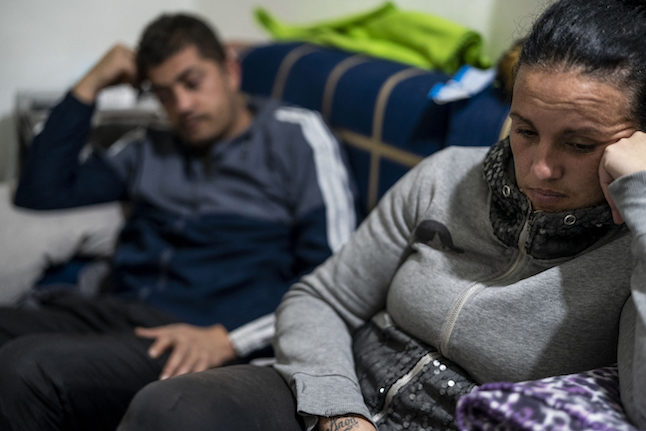Although more boys than girls are born, a combination of wars, hard work and unhealthy lifestyles have caused men to die younger.
As men and women’s living conditions grow more similar, the difference in life expectancy has shrunk. This combined with a greater number of male immigrants is boosting male numbers in Sweden, reports regional newspaper Sydsvenskan.
According to forecasts from statistics institute SCB, the country will be going from a female surplus of 2,225 people on December 31, 2014, to a male surplus of 4,700 on December 31, 2015.
In the year 2020, Sweden’s population is expected to consist of 38,200 more men than women, according to Sydsvenskan.
The male dominance is increasing for several reasons. More boys than girls are born today – 106 boys for every 100 girls.
Also, men’s life expectancy is increasing more than women’s. Thirty years ago, women lived 6.4 years longer than men. Today that figure is 4.7, and in another thirty years it’s expected to have shrunk to just 2 years.
The coming surplus can also be attributed to the refugees from former Yugoslavia, Africa and the Middle East, the majority of whom are male.
In several Swedish municipalities, particularly in rural areas, a male surplus already exists. However, in larger cities such as Stockholm, Gothenburg and Malmö women continue to be in the majority.


 Please whitelist us to continue reading.
Please whitelist us to continue reading.
Member comments